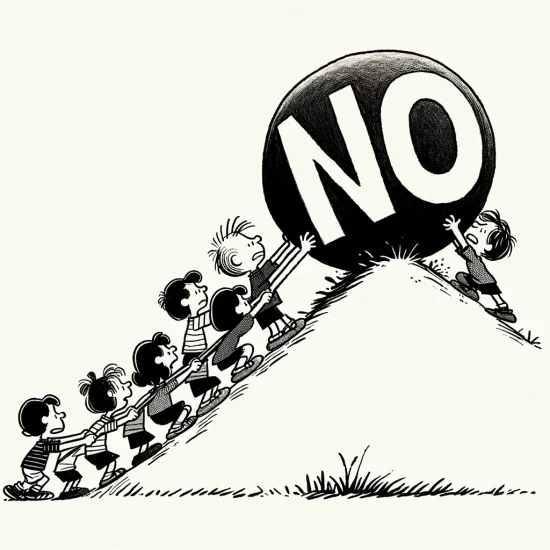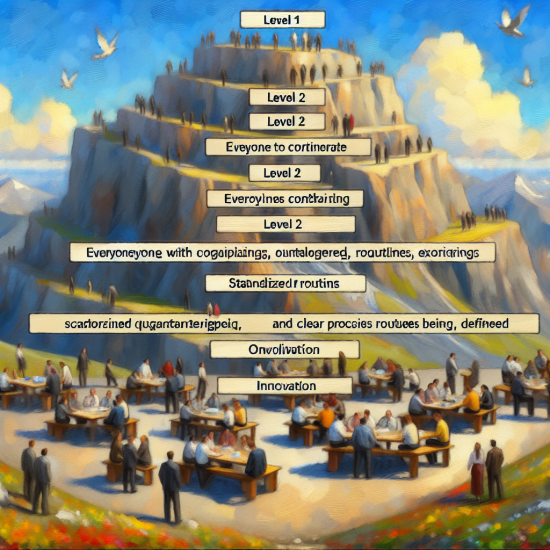Crafting a product that delights customers and stays competitive is a bit like cooking up a perfect recipe. The ingredients? High-value features and forward-thinking initiatives. Here’s a blend of actionable steps to guide your process in the Agile kitchen, ensuring you’re always serving top-tier offerings.
First, bring your product vision back into focus. Regularly review and update it to ensure it aligns with the ever-shifting landscape of market trends and customer feedback. Imagine it as periodically refreshing your road maps so you don’t end up lost in the wilderness of product development. Having a clear vision keeps everyone on the team headed in the same direction.
Next up, diving into a thorough market analysis is essential. Keep your finger on the pulse of what’s happening in the industry. Identifying emerging opportunities and potential advantages is like spotting a shortcut that saves you plenty of time and resources. This step ensures you’re not just staying in the game but playing it smarter.
Engagement is key. Reach out to customers and stakeholders alike, gathering both qualitative and quantitative feedback. Think of this as your trusty barometer for product features and performance. This insight keeps you in tune with what’s working and what needs a tweak.
Harness the power of prioritization frameworks like Weighted Shortest Job First (WSJF). These tools help objectively assess feature value and urgency. It’s like having a magic wand that tells you what’s worth pursuing first for maximum impact.
Refining the product backlog is akin to pruning a rose bush—cut away the less impactful to let the valuable ones bloom. Order items based on potential effects on customer satisfaction and return on investment, so only the essentials are at the forefront.
Collaboration with cross-functional teams shouldn’t be underestimated. Estimating the effort and feasibility of implementing high-value features requires a collective brain. Consider it like calling on the village for a task that’s just too big to do alone. Every department brings a perspective that can transform a good idea into a great feature.
Establish a feedback loop with development teams. This shouldn’t feel like a chore; rather, it should be a continual conversation ensuring clarity on the value proposition of each feature. You want everyone on board and rowing in the same direction when it comes to understanding what a feature is meant to accomplish.
Regularly review and adjust your initiatives, keeping your backlog flexible, like clay ready to be molded based on fresh insights or new business shifts. Adaptability is a cornerstone of Agile, and maintaining a responsive backlog is at the heart of it.
Take the time to host innovation workshops. Picture these as creativity incubators where unexpected and exciting ideas can emerge. It’s here that hidden customer needs could surface, presenting the potential for high-value features that set your product apart.
Finally, don’t just release features—measure their success. Assess outcomes to validate assumptions and help inform future prioritization. Consider each launch an experiment with measurable data, guiding what to keep doing and what to steer away from.
In the end, this checklist is your playbook for consistently identifying and delivering high-value features. It emphasizes the iterative, dynamic nature of Agile roles, ensuring you’re not just responsive and adaptable, but also strategically focused on maximizing value at every turn. With these steps, you’re well-equipped to navigate the complexities of product development, leaving a trail of delighted customers and a robust, ever-evolving product.


